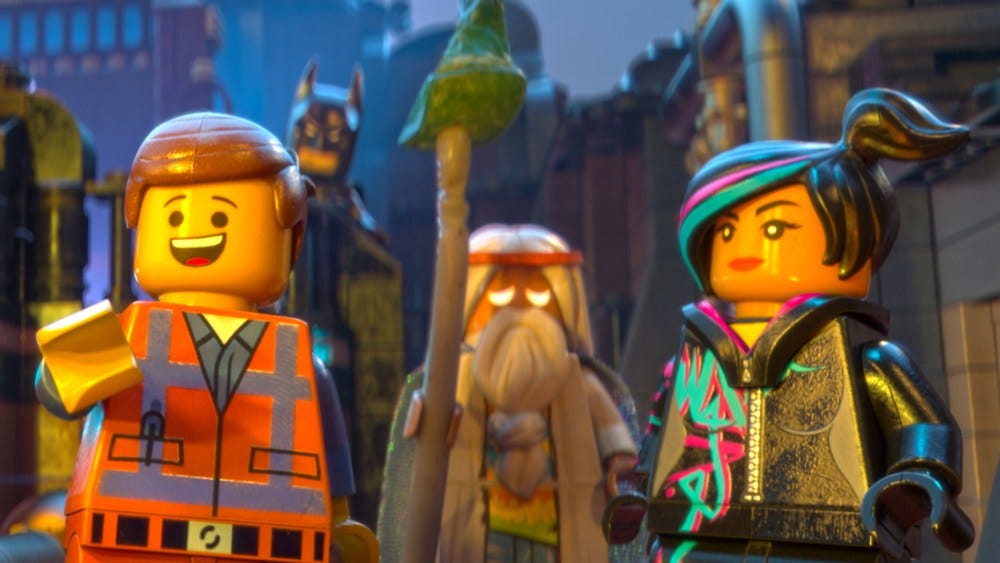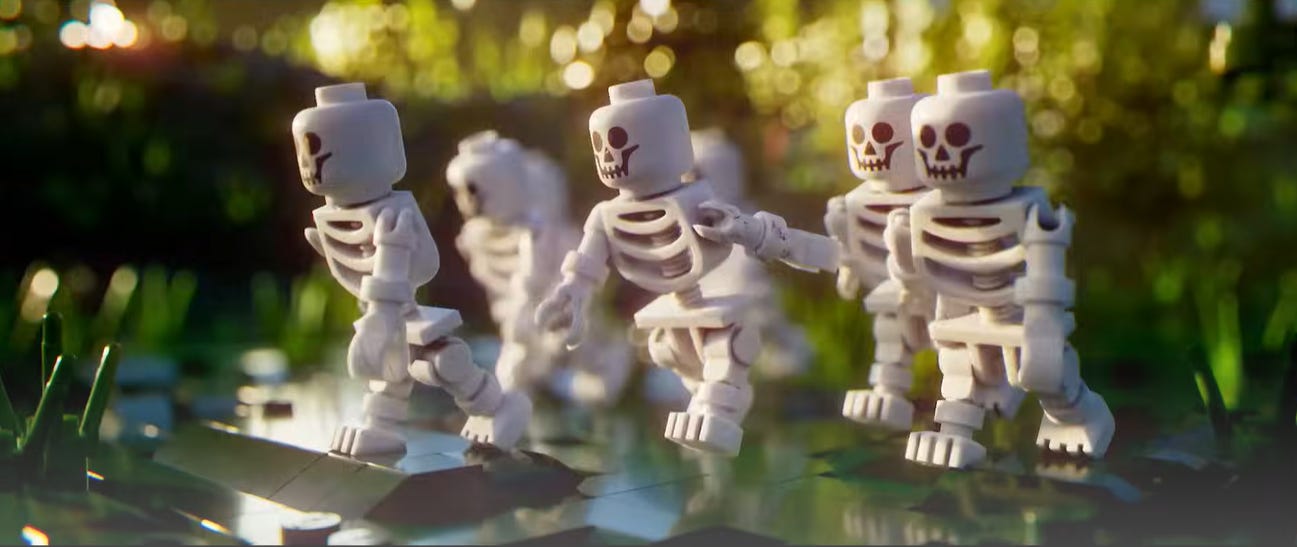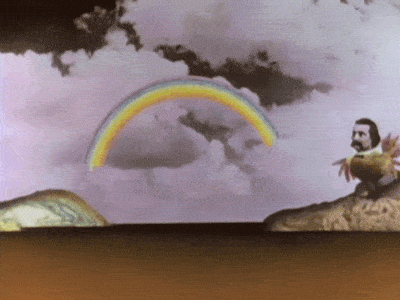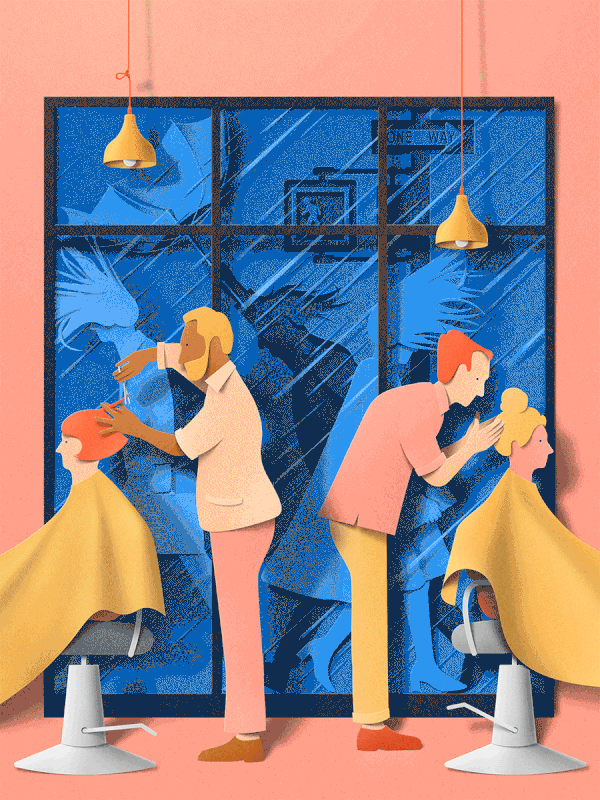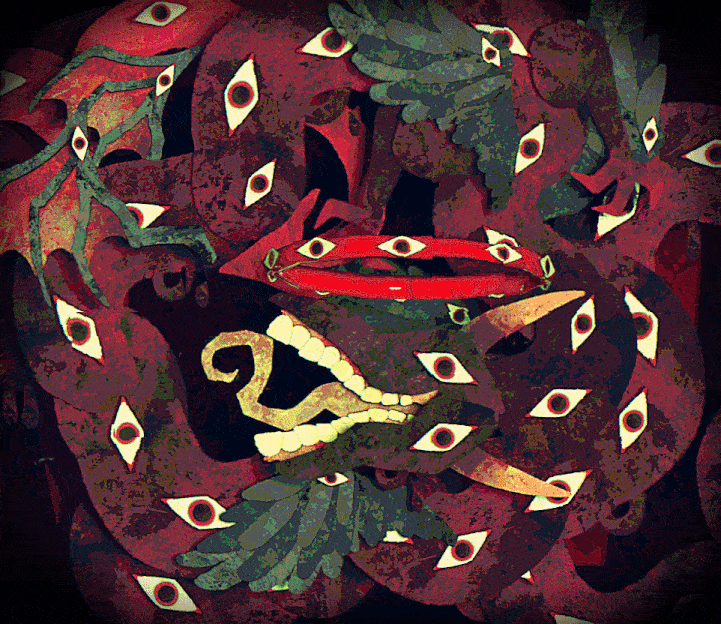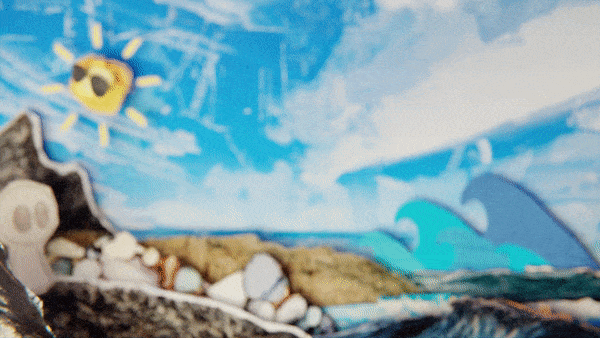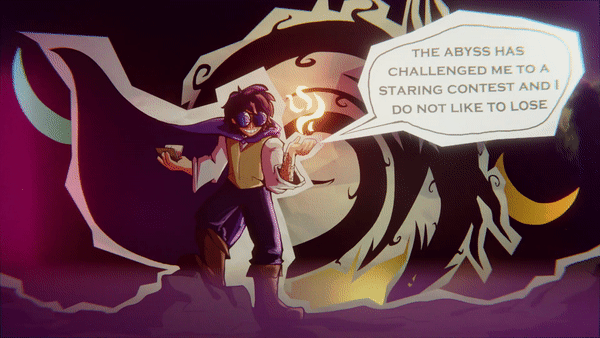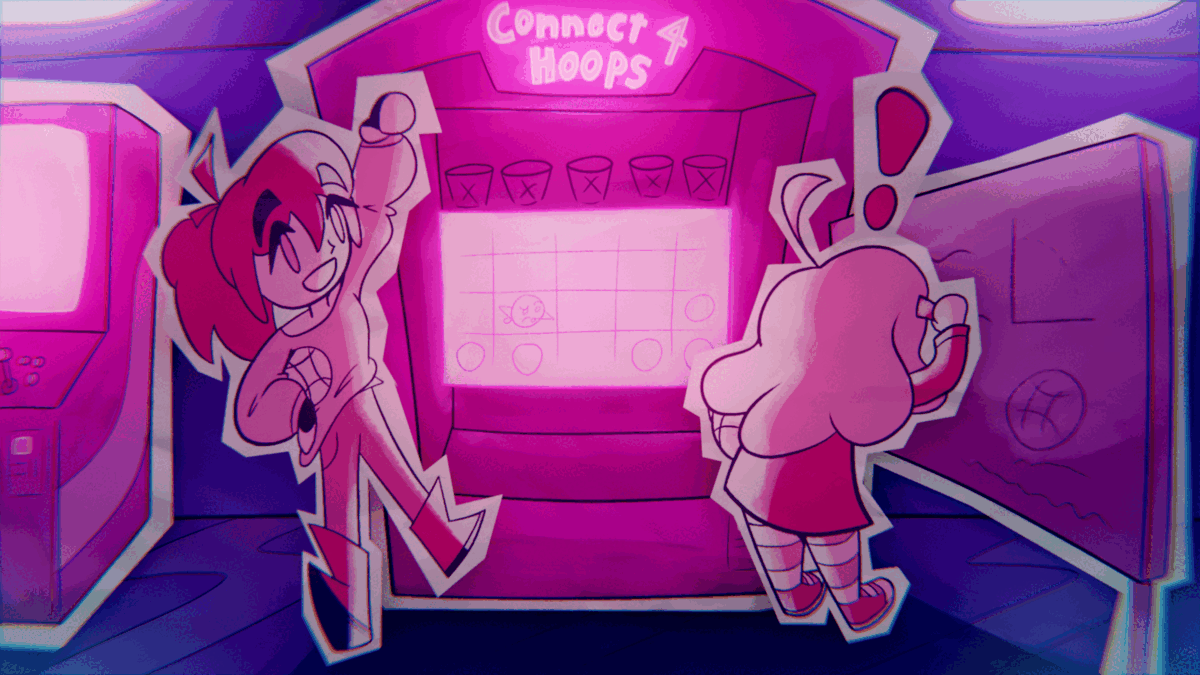Fake Stop Motion (easy mode)
I love stop motion animation so much. I love the texture, the arts-and-crafts vibe, the kind of wild creativity that springs from the limits of it. It might be my favorite form of animation in terms of its vibe alone, and it was actually the first form of animation I learned! I don’t do it very often, though, because as much as I love handicrafts, I also hate them.
I do not like working with my hands, it gets very messy and you have to use so many different tools and resources and it upsets me deep in my soul. I still love how they look, though, so I’ve been wondering if I could fake it using technology.
This is one of the best movies ever made (in my opinion) and also not stop motion. It had me fooled when I first watched it though, and certainly managed to capture a lot of the charm. The CGI lighting tech used to pull this off was groundbreaking at the time, but that was almost 10 years ago.
This is a screenshot of a YouTube video made last week by a 15 year old. (His channel is LegoMe_TheOG) Now admittedly, this guy is a bit of an outlier, so skilled at what he does that he was asked to animate a part of the second Spiderverse movie. But it still shows that the technology has kept advancing. Now, you can make things like this at home.
I don’t know if I’m at a level where I can pull off something like this yet, and frankly I don’t know if my computer could handle the renders, but there is a form of stop motion much easier to recreate. Cut-out animation:
You know cut-out animation, you’ve almost certainly seen it before. Simply laying flat images on top of each other and moving them from frame to frame can be very finicky, precise, work in real life, but with CG I figured it would be downright easy! At least by animation standards.
My first attempt at this was done following a tutorial made by Tumblr user @Alleesaur. You can click the link to see it if you’re curious.
This is what she made:
And this is what I made:
I decided I wanted to have there be clear borders around where a lot of the images were “cut out” from the non-existent paper I’m pretending they were printed on. I like the slightly messy look that creates, plus it makes the illusion more convincing.
Last week, I tried my hand at it again, but this time with digital drawings.
There’s a lot I could do better, but ultimately I’m happy with the result. There’s so many interesting ways to do atmospheric lighting by adding in Blenders volumetrics and light sources.
And most recently, I finished this commission:
There’s still plenty I need to improve, but I like the results I’ve been getting. When I someday get a better computer, perhaps I’ll experiment with recreating other styles of stop motion as well.


